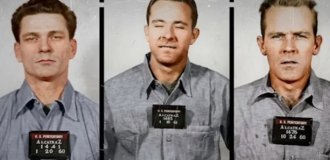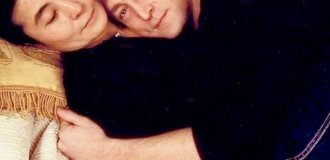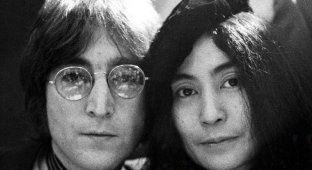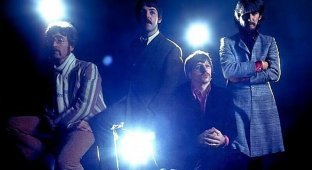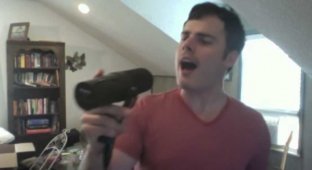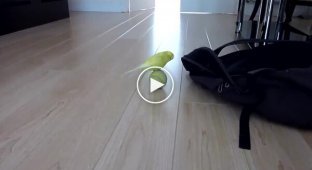Combe Gibbett: a dark story of love, crime and punishment (8 photos)
On Gallows Down, south of Inkpen, on the ridge between the ancient hillfort of Walbury and Inkpen Hill stands the Long Barrow of Inkpen. At the summit is a curious monument known as Combe Gibbet. 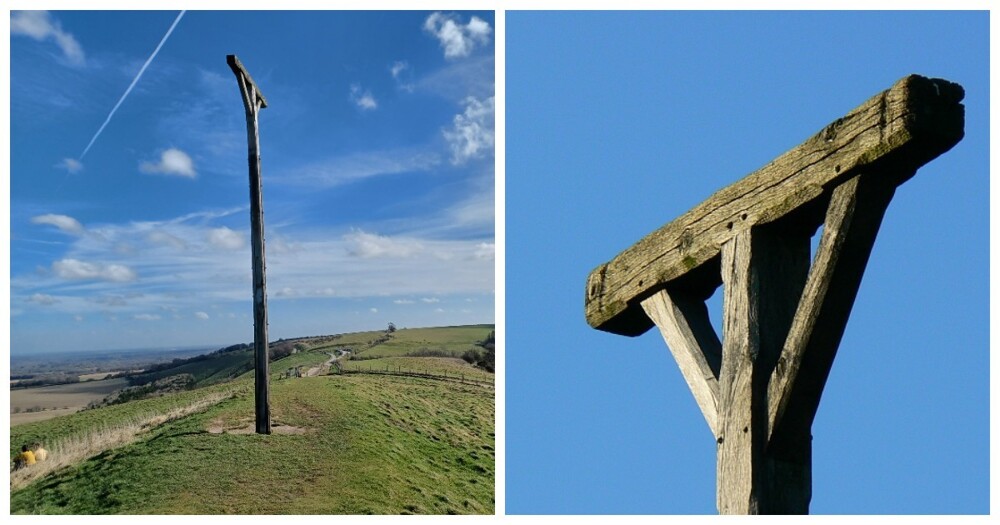
George Bromham and Dorothy Newman were hopelessly in love with each other. It was true love, blind and, most importantly, forbidden. Dorothy was a widow and lived in the village of Inkpen. George, a farm labourer, lived in Combe. He was married and had a son named Robert 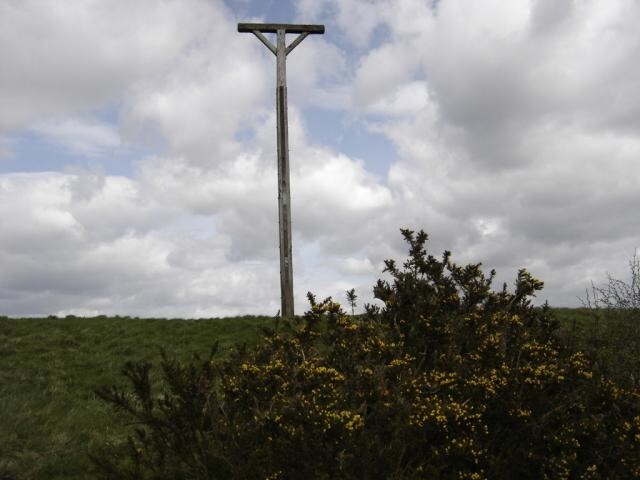
Although there is no record of what George's wife, Martha, thought of the affair, it is unlikely that she was pleased. In 1676, adultery was a crime that could be prosecuted under English common law. A husband whose wife had been unfaithful could file a civil lawsuit against the adulterer, who could be held liable for depriving him of exclusive access to his wife's body. Alternatively, the adulterer could be charged with seduction, that is, luring his wife into wanting to leave her husband. Although the law was written to protect men, society as a whole would still not approve of George's behavior. 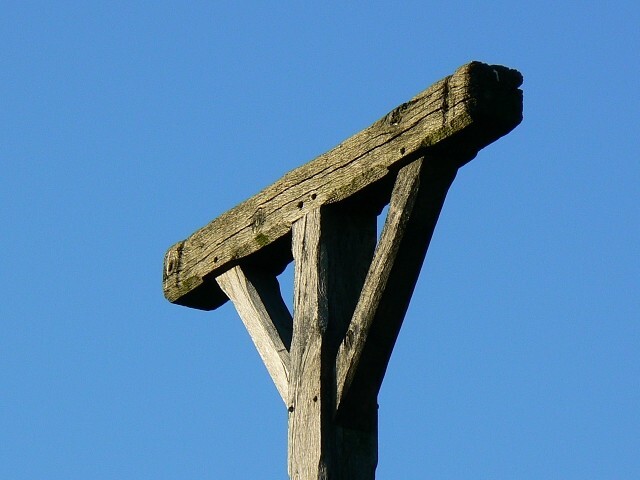
The couple came up with a plan to stay together and live, not to say happily, but for as long as possible. They hid on the slope where the gibbet now stands and waited for Martha and Robert to walk along the path. When George's family came into view, they rushed out of their hiding place and beat the two hapless unsuspecting victims to death. Legend has it that they dragged the bodies to a nearby pond where they disposed of them.
They might have gotten away with the crime, but their terrible deeds were witnessed by another villager, known as Mad Thomas. Mad Tom was shocked by what he witnessed and rushed to the local authorities. 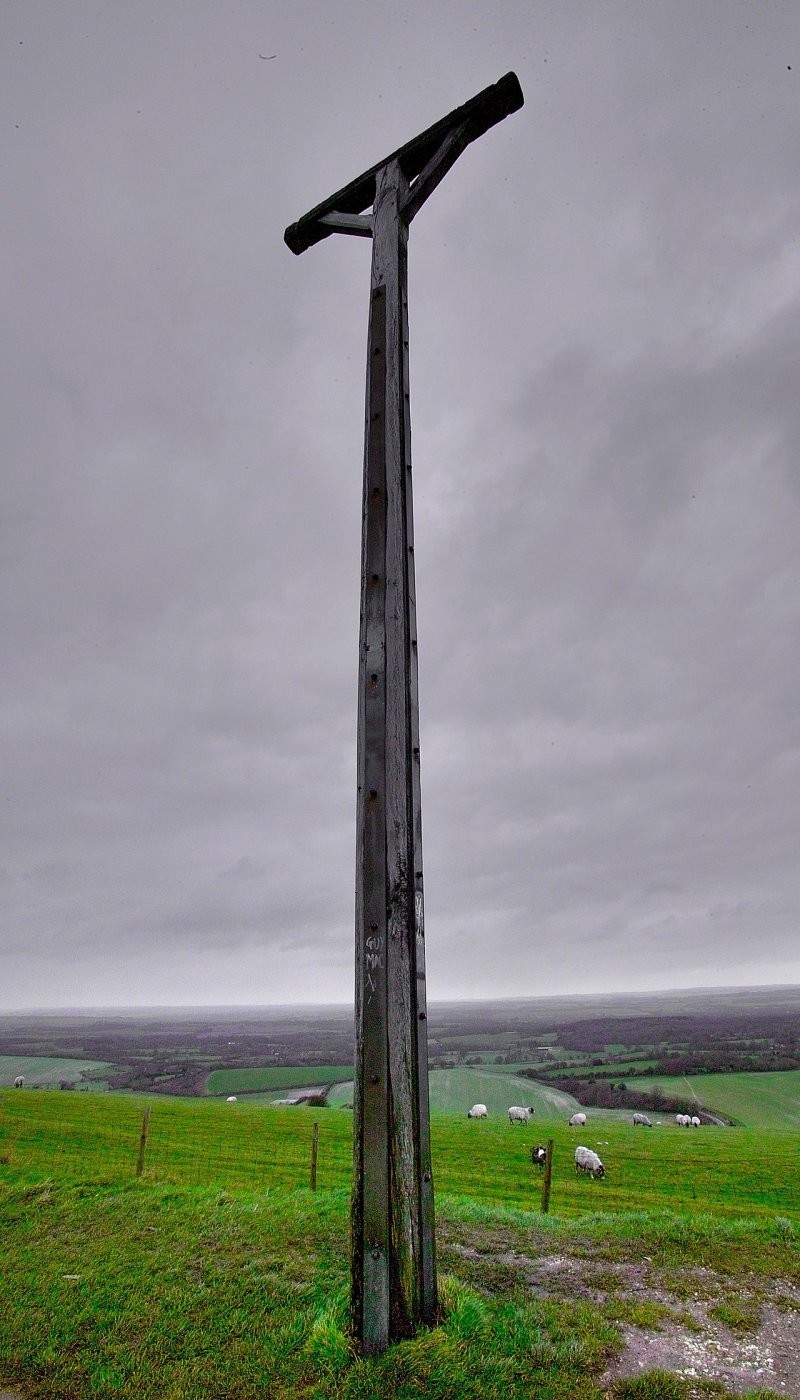
George and Dorothy were arrested for murder. The trial began on 23 February 1676 and took place at Winchester Court. The perpetrators were accused of "the murder of Robert, son of George Bromham, and Martha, wife of the said George Bromham," and were ordered to be hanged "in a hayloft near the scene of the murder." A public hanging took place in Winchester on March 3, 1676. The trial records are contained in the Western District Gaol Book and are kept in Winchester Library.
The bodies of George and Martha were brought from Winchester to Inkpen and laid in a shed at the back of the Crown and Garter Inn, where they were measured and chained by a local blacksmith. The barn was renamed Gibbet's Barn and became a local tourist attraction, probably at the instigation of the innkeeper of the Crown and Garter. 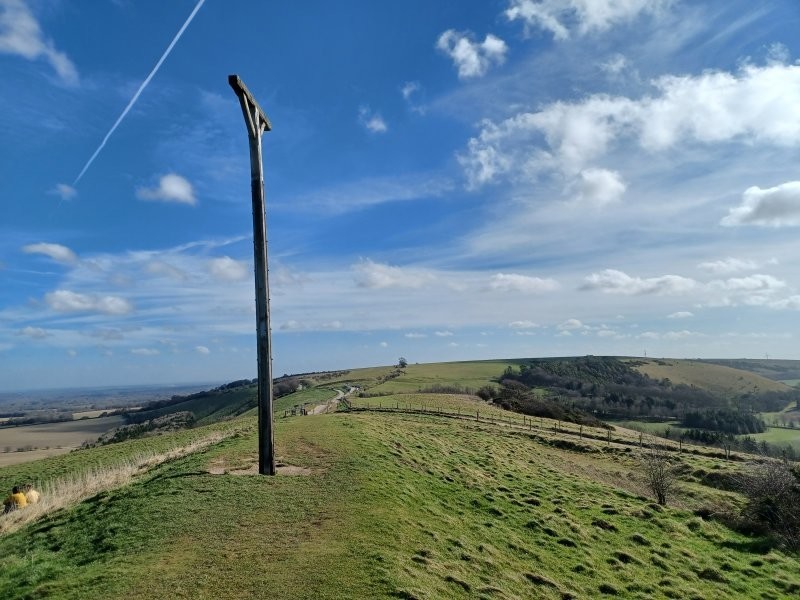
The cost of hanging two adulterous murderers was to be borne by the parish in which they lived. Neither Inkpen nor Combe could agree on which village should pay, and so agreed to split the costs and erect a gallows on the hill between the two settlements. The final hanging of George and Dorothy's bodies took place on March 6, 1676, on either side of the double gallows. From here, from almost the highest point in Southern Britain, their lifeless bodies looked with dead eyes at three counties - Berkshire, Wiltshire and Hampshire.
The gallows was never used again. Perhaps the corpses served as a deterrent to potential killers in the area. Although it has not been used since 1676, the current gallows are the seventh. The original gallows stood for who knows how long, but in 1850 a second one was erected to replace the original one that had fallen into disrepair. It was struck by lightning and was replaced with number three in 1949.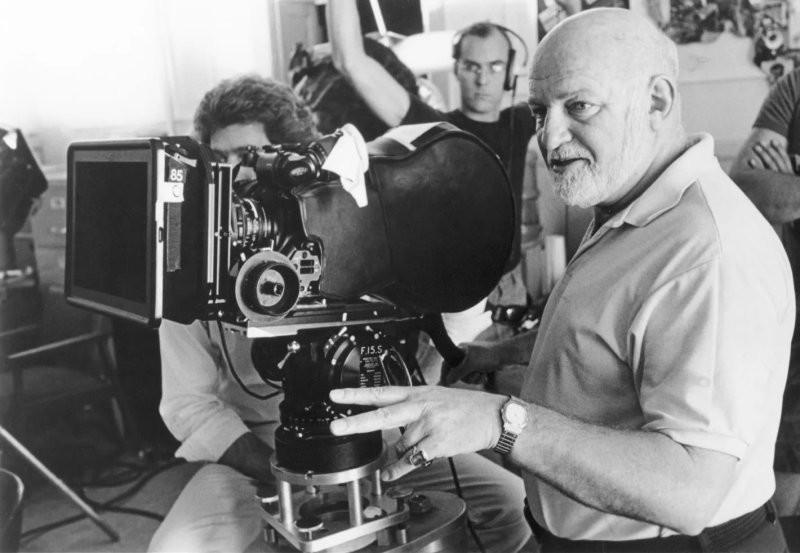
John Schlesinger
Number three itself has an interesting history. In 1948, this story attracted the attention of John Schlesinger. Schlesinger was destined to become one of Britain's pre-eminent directors, receiving three Oscars and several nominations during his career. The Schlesingers lived in a house called Mount Pleasant, located at the junction of Inkpen Road and Christchurch Road. The Mount Pleasant house had a view of the gallows on a nearby hill. Schlesinger went to study at Oxford University, but during the Easter holidays of 1948, he and fellow student Alan Cook, visiting Mount Pleasant, decided to make a film about the story of the gallows.
That film was Black Legend, which Schlesinger says sparked his interest in film. The two friends researched the history of the gallows, developed a plan for the film and managed to secure £200 in funding. 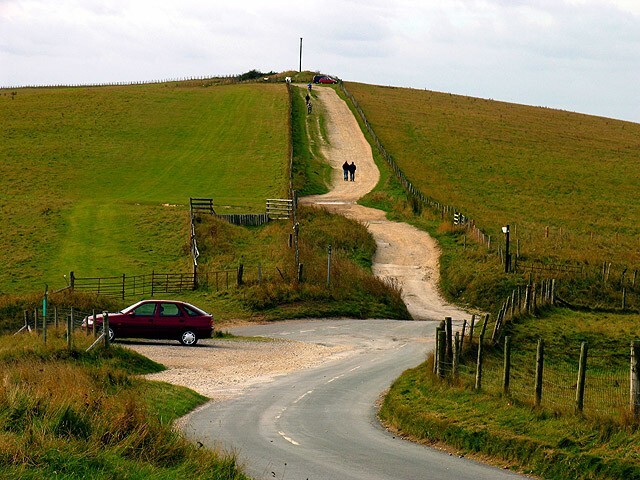
Over the summer they attracted the interest of other members of the Oxford University Dramatic Society, their family and friends, and local residents. One of the actors was the then Oxford student and later famous British actor Robert Hardy, who played the role of Mad Thomas.
The gallows, installed in 1949, lasted only one year, and the fourth was erected in 1950. Since then, vandals believed to be protesting the hanging have cut down the structure twice, in 1965 and 1969. In the winter of 1977-78, stormy winds demolished the fifth gallows as its base rotted. It was reinstalled on May 1, 1979. 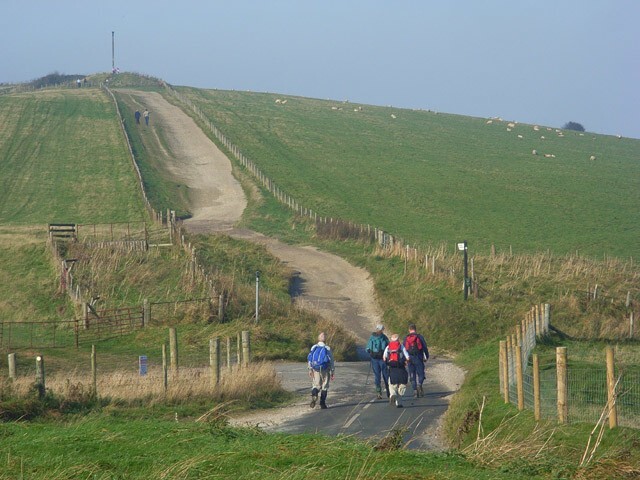
One of the residents of Inkpen said in 1979: “Inkpen without its gallows is like Stonehenge without its stones. It has been here for 300 years and the people of Inkpen see no reason why it should not be here now.”






